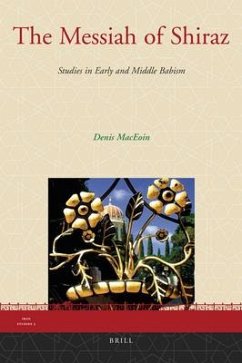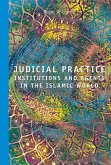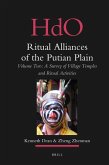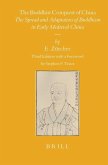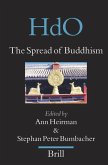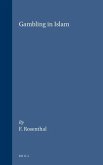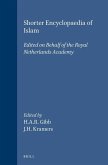The 19th century saw an enormous shift in the authority structure of Iranian and Iraqi Twelver ShiEism, with the victory of a theological school (Usulism) that stressed the power of the clergy. This is well known. What is less well known is that there was a parallel development of authority in the Shaykhi school and its offshoot, the Babi sect. Here, especially in later forms of Babism, the ShiEite claim to charismatic authority reached its limits in hyperbolic attestations of divinity. The present text is in two parts: a study of how Shaykhism bifurcated into a form close to orthodoxy next to the highly unorthodox Babi movement. Part two examines how Babism changed after the death in 1850 of its founder, the BAb.
Hinweis: Dieser Artikel kann nur an eine deutsche Lieferadresse ausgeliefert werden.
Hinweis: Dieser Artikel kann nur an eine deutsche Lieferadresse ausgeliefert werden.

